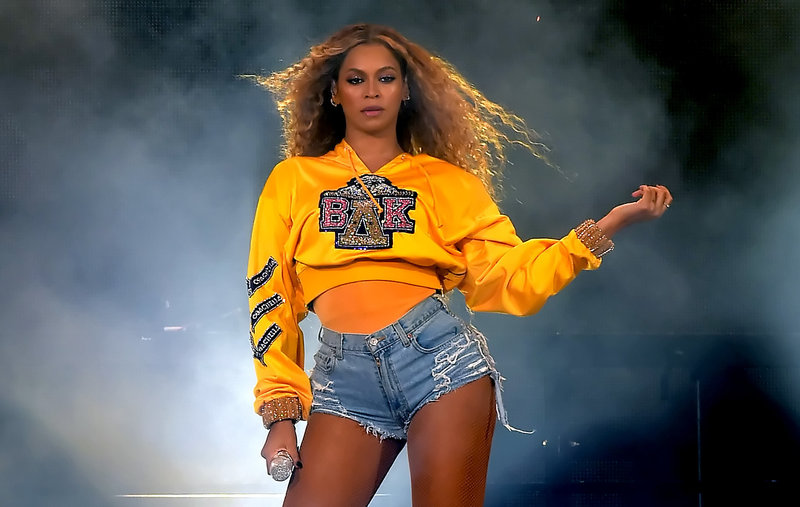
“Tell the truth, to yourself first, then to the children…”
When I first heard this Maya Angelou quote in Homecoming, the new Beyonce documentary on Netflix, I was immediately struck by its poignancy. Angelou’s advice leaves the listener with a question: What is the truth? What truth is she referring to?
In so many ways, the documentary explores what it means to be black. The placement of Angelou’s quote invokes an idea of “truth” related to racial identity, upbringing, and expression. As I continued watching the documentary, it occurred to me that the truth to which Angelou refers may mean different things to different people.
[Read Related: Your Natural Skin is Beautiful: Conquering Colorism in the South Asian Community]
For some, in today’s world, the truth is that the color of your skin makes life harder. It means you have to work harder to be seen. It means you have to navigate a world where you don’t fit in most of the time. It means you have to deal with a brutality that some will never have to experience. It means you know the world in ways that many people will never know. You always have to think twice. You have to notice the space you take up. You have to notice how people see you. And, you have to tell the children, so that they, too, can be prepared for this world.
For others, the truth is the color of their skin and the zip code they were born in. They don’t have to think. It means they inherited a privilege they never did anything to earn. It means that if they chose to, they could spend their whole lives ignoring, denying, and exploiting. It means there is so much about the world that you will never know. To tell the truth, you have to be honest. You have to want to know. You have to accept the inconvenient facts of life. You have to act in contradiction with your own self-interest.
As I have grown older, I’ve noticed that neither of the above experiences is fully mine. I have experienced gendered and racialized exclusion while also enjoying the privileges of belonging to a stable, middle-class family. I have consistently struggled with understanding my truth and my intersectional experience. What is the truth that I need to tell myself? How do I honor my challenges while accepting that I also inherited privileges? Exploring intersectional identity and the consequences of it is not an easy task. Watching this documentary helped me deeply ponder who I am, who I want to be, and what truth I want to pass on.




